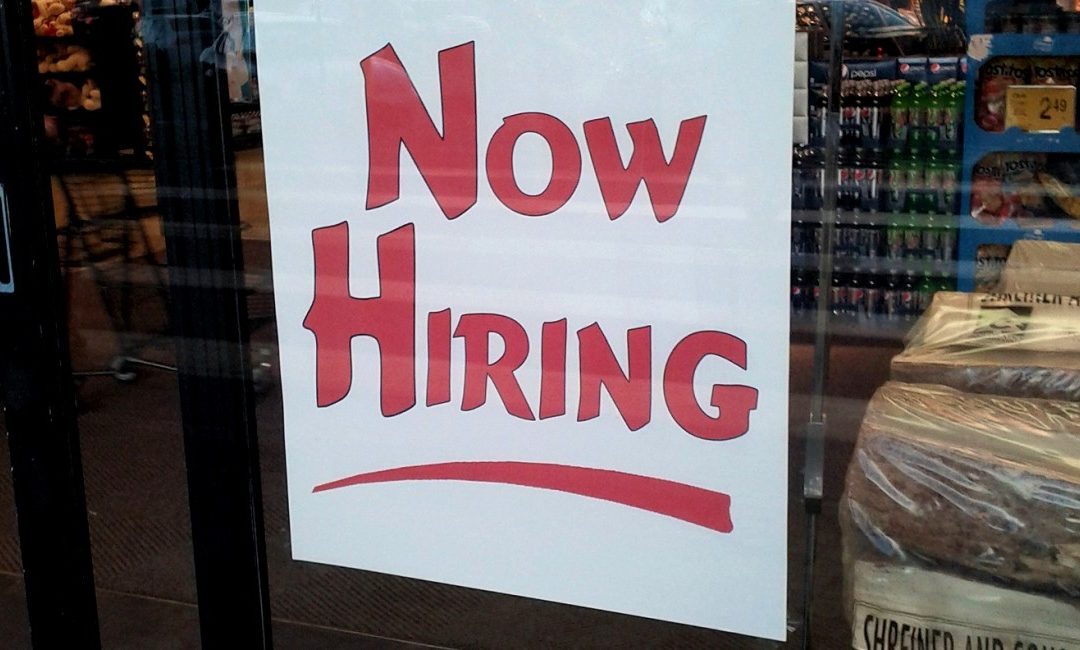There’s no sign the recent partial federal government shutdown slowed down the United States’ record-setting job market.
The economy added 304,000 jobs in January, the 100th consecutive month of payroll gains.
It should be noted December’s job growth was revised sharply downward.
The government now says employers added 222,000 jobs in the final month of the year, down from an earlier estimate of 312,000.
Unemployment ticked up to 4 percent in January, possibly a shutdown-related anomaly.
The Labor Department released its monthly estimate of hiring, unemployment and wages for January today.
The latest jobs report is (mostly) good news for workers.
Such a low unemployment rate means that nearly every American who wants to and is able to work has snagged a job by now.
And those who lose their jobs, or decide to leave, probably won’t have a hard time finding another position.
The data also suggests employers may have a hard time filling positions in the future as the labor pool continues to shrink — which could require businesses to raise wages to keep and attract workers.
However, the latest jobs report once again shows little wage growth, which remains the biggest weakness in the American economy.
The average US worker hasn’t seen their paycheck get much bigger since the Great Recession, which ended around 2009.
In January, private sector workers (excluding farmworkers) got an average 3-cent hourly raise, adding up to an average hourly pay of $27.56.
In the past 12 months, average hourly earnings have only increased 85 cents, or 3.2 percent, and that doesn’t even take inflation into account.
January’s growth means that American employers have added jobs for 100 consecutive months, extending a record run.
The jobs report does point to a steadily growing economy, though, with the most new jobs created in the restaurant, construction, and health care industries.
In fact, US jobs gains in the past two months are far higher than usual.
But wages are barely outpacing inflation.
Frustration over stagnant wages is also the major underlying factor behind widespread worker strikes across the country in places like California, Oklahoma, and West Virginia.
Congressional Republicans had promised that their massive corporate tax cuts would help the average worker, but the gains have been meager.
In November’s midterm elections, voters in Missouri and Arkansas overwhelmingly approved ballot measures that will raise the minimum wage for nearly 1 million workers across both states.
And as a result of the minimum wage laws, low-wage workers in 19 states got pay raises on January 1.
Next month’s jobs report will show whether those raises are enough to boost overall wage growth — and whether that growth is enough to ease frustration among workers who still struggle to pay their bills.

